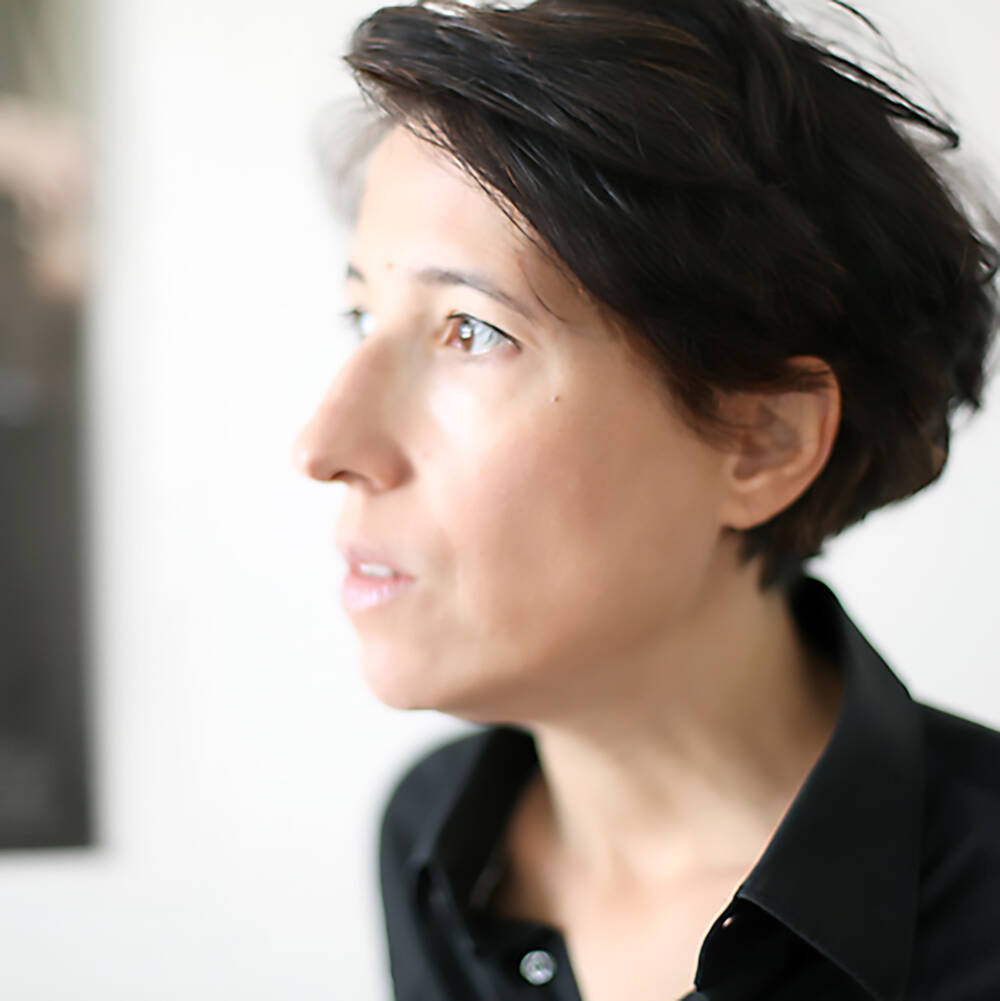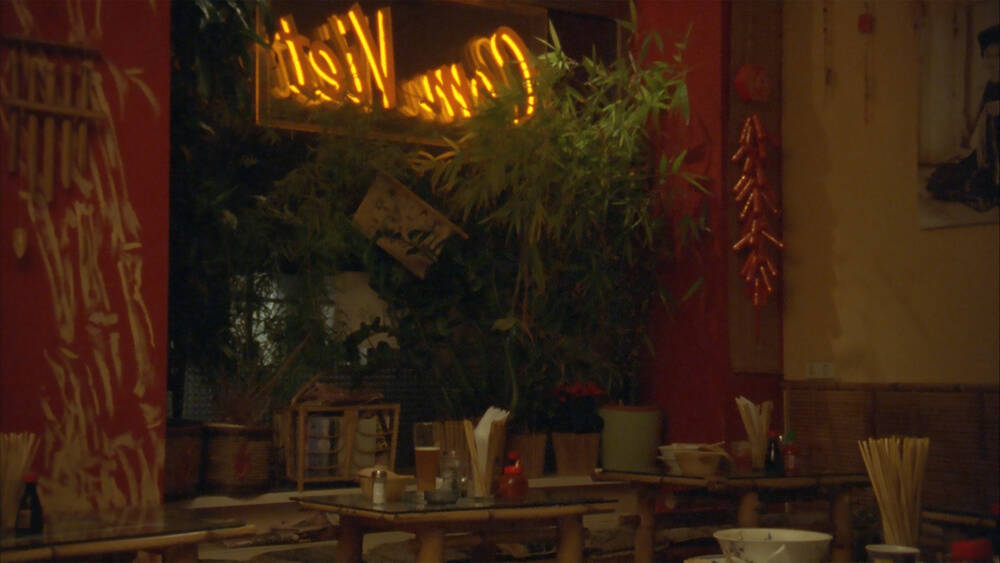For decades now, Anita di Bianco has been exploring corrections and rectifications in international newspapers. In the next DOUBLE FEATURE she will be presenting two video pieces that rely on her enquiry into the various levels of time and meaning and essentially illustrate how quick society is to put its own readings on texts and images.
All too often the editorial rectification itself takes on a comic note owing to the utter dryness of the wording. “There is no such screw like the one we depicted on page 1 of our Saturday edition,” commented the Frankfurter Allgemeine Zeitung in its October 5th 2021, edition, and went on to add the reason for its faux-pas: “Action Press agency sent us a mirror-image giving the impression of a left-turning screw; something that was read by many readers as a comment on the Green Party Chairman Habeck and the political direction of the exploratory talks was actually an oversight. The F.A.Z makes a point of not publishing photos that have been falsified by manipulations or reflections or offset pixels.”
Shortly after it was printed, the correction was published a second time – on this occasion in Anita di Bianco’s “The Error is Regretted,” released at the end of 2021 for the exhibition “A—Z Presents” in Berlin. Born in New York, the artist had at that stage already been collecting corrections, rectifications, and retractions in German and English language newspapers for two decades. She presented the preliminary results of her “Corrections & Clarifications” collection in sporadic publications that typically featured as part of exhibitions. Now di Bianco has brought out an artist book “The Error is Regretted” as the provisional culmination of her collection; a newspaper without headlines “from fake news to the attention economy,” as we read in the pre-publication press release.

“Everyone is interested in these historical issues”
Not all the corrections in the artist book dealt with such innocuous errors as a mirror image. That said, this example shows how seemingly eager and quickly members of society slap their own interpretation of events onto both images and texts – be it intentionally or out of carelessness. This exploration of the different levels of meaning and shifts attributable to contemporary events features repeatedly in Anita di Bianco’s film-based works. In “Com Viet” (2008) actor Jean-Baptiste Naudy recites text passages from an interview with French-American writer Marguerite Yourcenar, initially off-camera and then on-camera. The writer became world-famous for her historical novel “Memoirs of Hadrian” in which Youcenar has the Roman emperor sum up his life in epistolary form. Critics have ever since been impressed by Yourcenar’s ability to empathize intensively with the historical figure, while being careful to stick to the known facts.

In her film, Anita di Bianco has long passages recited from the book of interviews “With Open Eyes” in which the author reflects intensively on a specific interpretation of love found in French literature. “Com Viet” was filmed respectively in a Vietnamese restaurant and the Berlin Münzstudio (formerly Münzsalon), a fin-de-siècle apartment once occupied by the family of a factory owner and largely preserved in its original state. By contrast, “Displaced Person” (2012) was filmed in Ballhaus in Berlin Mitte, a historical relic from the world of the notorious 1920s. “Everyone is interested in these historical matters. Things I didn’t want, piled upon things I wanted. […] Another stupid ballroom dream,” we hear two people say in English, Spanish and German, while a man carefully sweeps the floor, clearing away the detritus of the previous night. The small table phones, reminders of the bygone swinging Twenties which flirtatious visitors could use to casually contact other visitors are also a reference to the HQ of the German Federal Intelligence Services just 100 meters or so away, from where surveillance measures are conducted on behalf of the state. In this way, different levels of time and meaning come together in “Displaced Person”. The eponymous characters seem to be trapped in a non-place, caught between the present and the past.

About loneliness and brief moments of fleeting affection
The other film chosen by Anita di Bianco is “I don’t want to sleep alone” by Malaysian director Tsai Ming-liang. With minimal dialog Ming-liang directs the Taiwanese actor Lee Kang-sheng, the leading actors in all his films, in a double role. As a nameless laborer referred to in the credits only as “Homeless Guy” he is beaten half to death by a street gang. After the attack, he is found by Rawang (Norman Atun), a migrant worker from Bangladesh, who takes him to a safe place and nurses him back to health. The two develop feelings for one another. In the second narrative strand the film follows a man paralyzed from the head downwards, also played by Lee Kang-sheng, who is looked after by a servant (Chen Shiang-chyi). In long shots Tsai Ming-liang finally inerweaves these two threads to create a moving film about loneliness and brief moments of fleeting affection.









